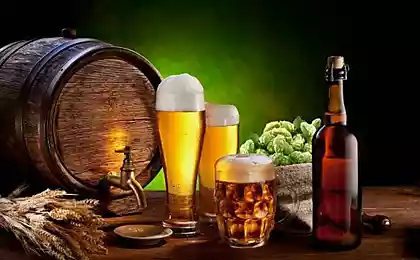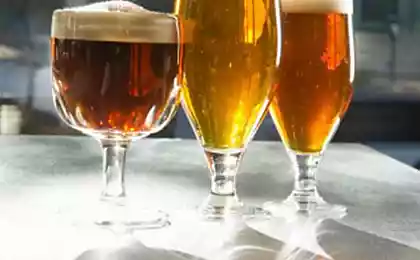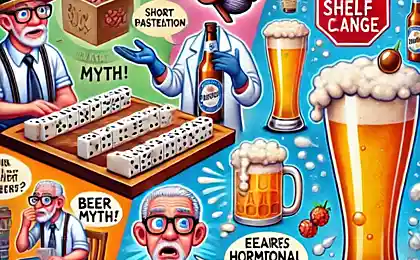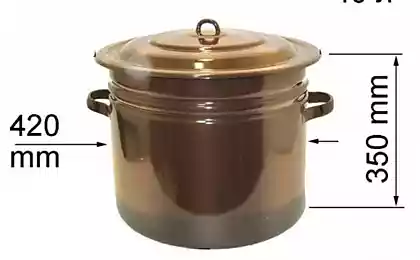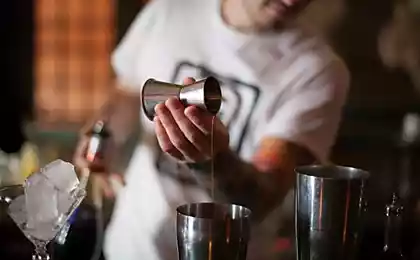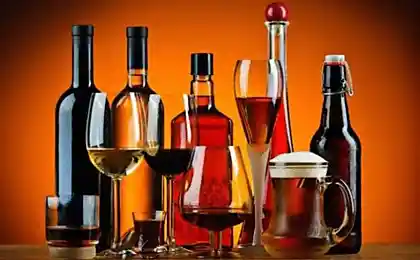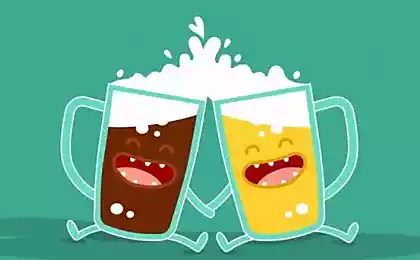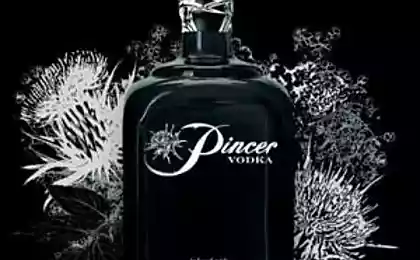837
All about beer.

Beer history. “Not to know beer, not to know joy” was the saying of the Sumerians, the oldest people who inhabited Mesopotamia. It was here, between the Tigris and Euphrates rivers, that the first recipes were found, according to which this alcoholic drink was brewed in the seventh millennium BC. The process of its manufacture is almost no different from the modern. From malt produced beer bread and bappir. The resulting mass was filtered and flavored with seasonings. Drinking beer was allowed only through a cane tube. If a person chose a different method of consumption, grains and undissolved chaff inevitably got into his stomach.
The inhabitants of Mesopotamia owned a recipe of more than seventy varieties of beer. The most popular was a thick beer with sediment, sparkling with a moderate alcohol content and a slightly sour taste.
The Egyptians met this drink later, in 2800 BC. Gradually, beer became the privilege of the poor, who believed that the art of brewing selected representatives of mankind introduced the god of the harvest Osiris. Hoppy liquid was actively used by the builders of the pyramids, whose diet also consisted of bread, onions and garlic. Thanks to the Egyptians, the inhabitants of Ethiopia, Persia, Greece learned about beer. In China, an alcoholic drink was distributed, the main ingredient of which was rice. Hops, by the way, got into beer during the era of the migration of peoples. Before him, spices were used to improve the taste.
In the Middle Ages, France, Germany, Belgium appeared on the beer map, where breweries were owned mainly by monks. Special varieties of liquid were developed for the aristocracy and the lower strata of the population. The first mention of Czech beer dates back to the XI century. In Russia, in the Novgorod lands, it was born two centuries earlier. Nevertheless, the legislators of brewing in the world are rightfully considered to be Germany. In 1516, a law was passed on the purity of a drink consisting of malt, hops and water. The classic rules of the brewers are still followed.
Beer standards
The German law on the purity of beer, which brewers have adhered to since time immemorial, in the era of technological progress was replaced by a set of rules called standards and applied to beer - a low-alcoholic, carbon dioxide saturated, tonic frothy alcoholic drink obtained by fermenting hopped wort with beer yeast. There are three types of beer produced. Depending on the mass fraction of dry substances in the initial wort, it is divided into: 8% light; 9% light; 10% light, semi-dark; 10.5% light, semi-dark; 11% light, semi-dark, dark; 11.5% light, semi-dark, dark; 12% light, semi-dark, dark; 12.5% light, semi-dark, dark; 13.5% light, semi-dark, dark; 13.5% light, semi-dark, dark; 14.5%, dark;
The processing method affects the filtration of beer. Filtered is pasteurized and unpasteurized, and unfiltered is lightened and unlightened.
For the preparation of beer use malt brewing barley, drinking water, hops pressed and granulated ground, uncooked grain products, barley, rice and corn cereals, wheat, peas, chicory, sugar-sand, beer yeast of grass and top fermentation. Light beer is distinguished by malt and hop taste with bitterness, semi-dark - with a flavor of caramel malt. In dark beer, a pronounced caramel taste stands out well. It is noteworthy that for filtered beer, the warranty expiration date ends when the alcoholic drink becomes cloudy or precipitate appears. However, its use after the end of the warranty period will not harm human health, if the beer is made with strict compliance with all modern standards.
Beer and health
Studies conducted by leading scientists in England, Germany and Sweden show that beer is a surprisingly tasty cure for many diseases. By consuming this alcoholic drink, you can get rid of toothache, gastritis (drinking liquid on an empty stomach), kidney stones and liver colic. The Munich Beer Institute recently unveiled the unique ability of unfiltered beer. It removes aluminum salts from the body, which is beyond the power of other drinks, prevents the development of cancerous tumors. That is why the Japanese, whose daily diet provokes the occurrence of malignant neoplasms, so actively began to introduce beer in their menu. Do you want to look younger? Drink beer! The skin of his fans looks more silky. Excellent results showed the use of a hop drink in cosmetology. Regular rinsing of hair with beer after washing will get rid of dandruff and give them shine. Beer foam will also help in the fight against wrinkles and acne, increase the body's defenses. The optimal dose of consumption depends on many factors. Experts agree that to maintain all systems in tone, the norm should not exceed one or two bottles per day.
